Discount 😍 Hiking Clothing Quechua Protect NH150, Mid Hiking 👟 Shoes, 👩 Women’s 🔔
$59.99 Original price was: $59.99.$49.79Current price is: $49.79.
- Experience the Best Quality
- The quality you expect, the service you deserve.
- The best quality products, always.
- Safe Transactions, Happy Customers

Our lowest price for waterproof shoes with a mid-height upper! These walking shoes can withstand 2 hours of walking in light rain. The rubber sole offers increased resistance and grip.
Half-day hiking in the heart of nature, in all weather and on easy paths. For occasional use.
CrossContact sole
This sole’s design is the result of long-term research carried out in our labs. It is composed of a specific rubber formula that optimizes grip and resistance. Each person needs different things from their footwear, so we are always searching for the best solution to cover everyone and all terrains, whether you’re treading on natural, loose trails (e.g. forests), or crossing rocky terrains (e.g. coastline).
Designed for use on off-road trails
Our walking shoes are designed for use on off-road trails. Indeed, we choose the components of the sole and upper of our boots and test them to ensure that they are ideally suited to hiking on loose trails (e.g. forest paths made of soil) or rocky trails (e.g. rocky coastal paths). Road use (asphalt) may lead to premature wear on your boots and cause discomfort. They are not suitable for mountain walking.
Waterproofing test
The footwear equipped with a membrane is laboratory and field tested to ensure optimal waterproofing and breathability. First, the shoe is immersed in water while internal air pressure is applied to check that no bubbles form on the surface of the footwear. Next, shoes are fitted to a mechanical arm that simulates walking and half immersed in water so we can test that the inside remains perfectly dry.
3 levels of waterproofing
During the waterproofing test, we test 3 levels of waterproofing: 2000 bends (around 2 hours of walking), 4000 bends (around 4 hours of walking) and 8000 bends (around 8 hours of walking). The NH150 mid women’s walking shoes are waterproof for 2000 bends.
How to maintain the waterproofing of your boots?
We advise that you use a waterproofing spray product on your boots several times per year, to restore their water-repellent property and to prevent staining.
Laboratory Testing
Laboratory tests are conducted to test the following elements: tearing of the eyelets and straps, gluing, toxicology, UV resistance, abrasion of the sole and the components of the upper, accelerated aging. We use these tests to improve the quality of our products and prevent the premature wear of our hiking boots.
How to choose the size of my walking shoes
Try on both shoes standing up and wearing the socks worn for hiking. Try several models, several sizes if necessary. Check 2 comfort points: the heel seating and the front of the foot on a downward slope. Avoid any pressure points when fitting. Don’t hesitate to walk around the store. Break in your boots gradually during their first hikes to adapt them to your foot.
The boot/sock combination plays an important role.
There are multiple factors that may cause blisters when you are walking: rubbing, a crease in the sock, moisture, a boot size that is too small or too big, etc.
It is therefore important choose the right size and to have socks made of the right material for your hiking boots.
How to choose the size of my walking socks
You need to choose the correct sock size for your feet to avoid any extra folds forming: These folds may form because the sock is too big ad therefore there is too much material around your foot, or because the sock so small and is pulled toward the inside of your foot.
How to choose the material of my walking socks
Moisture must be effectively managed when walking: We sweat, it’s bound to happen.
If your boot is breathable, it will evacuate the humidity caused by your sweat: This means you need to choose a lightweight, breathable sock
If your boots are waterproof, to protect you from humidity created by rain, you won’t make the same choice: choose a sock that will absorb your sweat, and direct it as far as possible away from your foot.
Which pair of socks go well with the NH150 mid shoes?
Although the waterproof membrane of these boots is breathable, they do not eliminate the moisture of your perspiration as effectively as a ventilated boot.
You should opt for the NH100 high socks: they contain cotton, which absorbs humidity, and they have a loop construction underfoot, which distances the humidity from your foot. They are high enough to protect your ankle from the boot.
This is an excellent combination to limit the appearance of blisters.
Warranty
Our hiking boots are guaranteed for 2 years.
Our commitment? To offer you long-lasting products that you can use on all your country walks. Because the products we like the most are those with a story behind them that is still continuing!
Composition
Outer sole of : 100.0% Rubber – Butadiene Rubber Upper of : 50.0% Polyamide, Upper of : 30.0% Polyurethane, Upper of : 15.0% Polyester cationic, Upper of : 5.0% Spandex Lining and sock of : 70.0% Polyester cationic, Lining and sock of : 30.0% Polyurethane
Cushioning : Open-cell rubber sole for off-road trails
Grip : CrossContact sole with 4 mm cleats, made for off-road trails
Waterproof : Waterproof, breathable membrane, tested during a 2-hour walk in the rain
Comfortable fit : 5 mm insole sock, comfortable foam around the ankle
Fit : “Mid”-height upper with lacing at the top for good support
Shock protection : Synthetic toe cap at the front of the foot for extra protection from rocks
| Color | Dark Blue |
|---|---|
| Size | 5, 5.5, 6.5, 7.5, 8, 9, 9.5, 10.5 |
Be the first to review “Discount 😍 Hiking Clothing Quechua Protect NH150, Mid Hiking 👟 Shoes, 👩 Women’s 🔔” Cancel reply
Related products
Hiking Clothing
Best Sale ✨ Forclaz Trek 100, Recycled Polyester 🎒 Backpacking Liner Gloves Hiking Clothing ❤️
Hiking Clothing
Budget 🤩 Forclaz Trek 100 23°F Down Packable Puffer 🎒 Backpacking Jacket Hiking Clothing 🤩
Camp Furniture
Camp Furniture
Camp Furniture


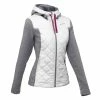
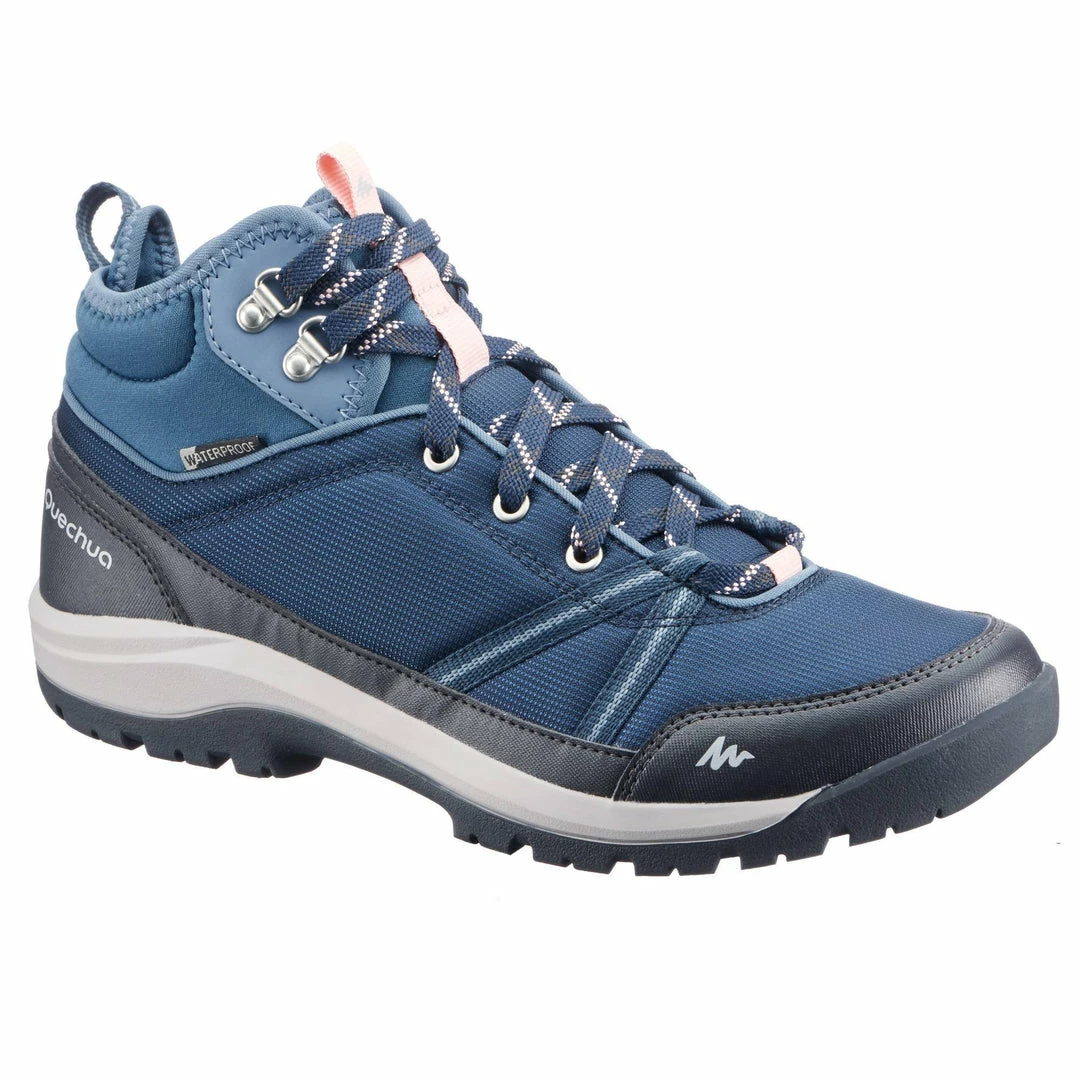

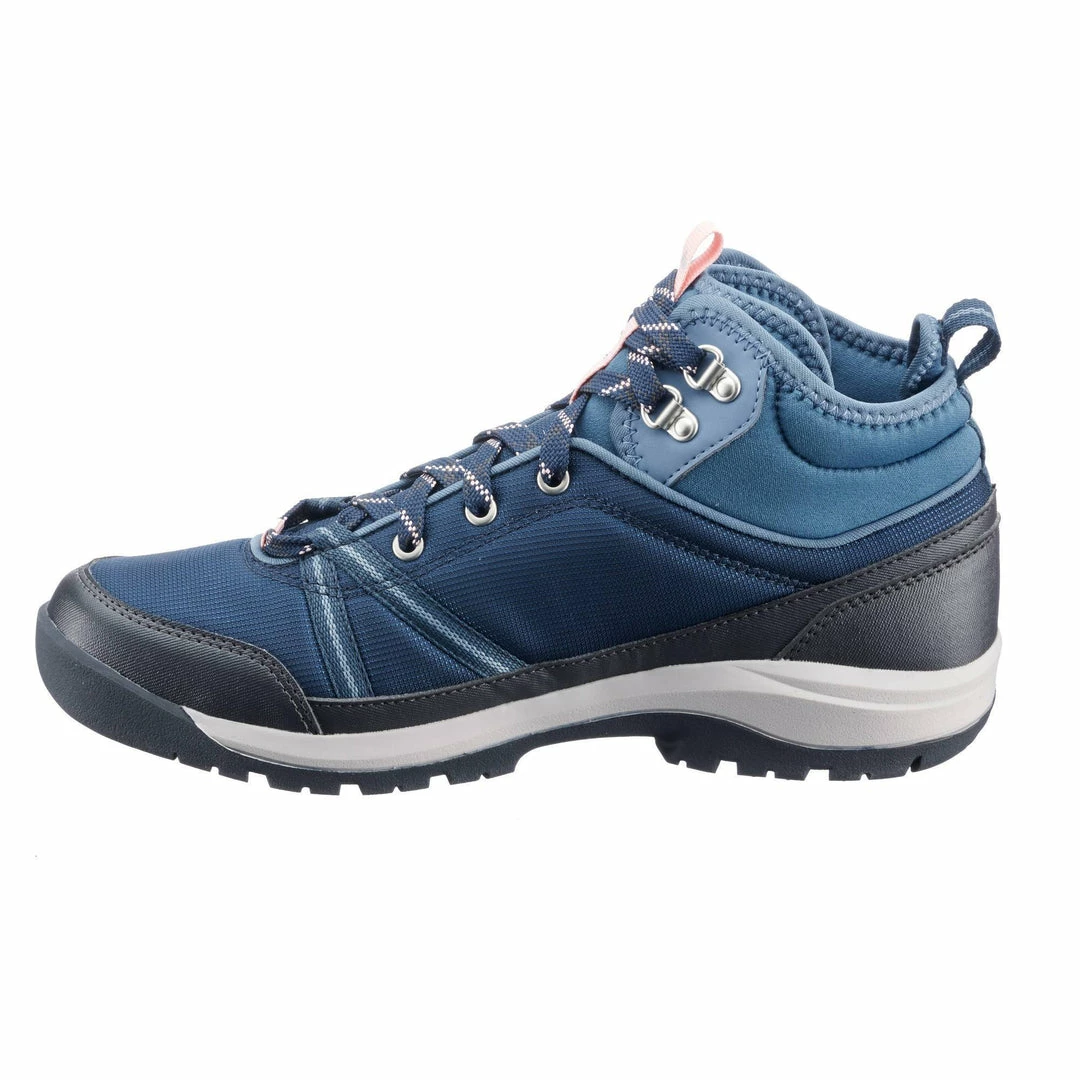

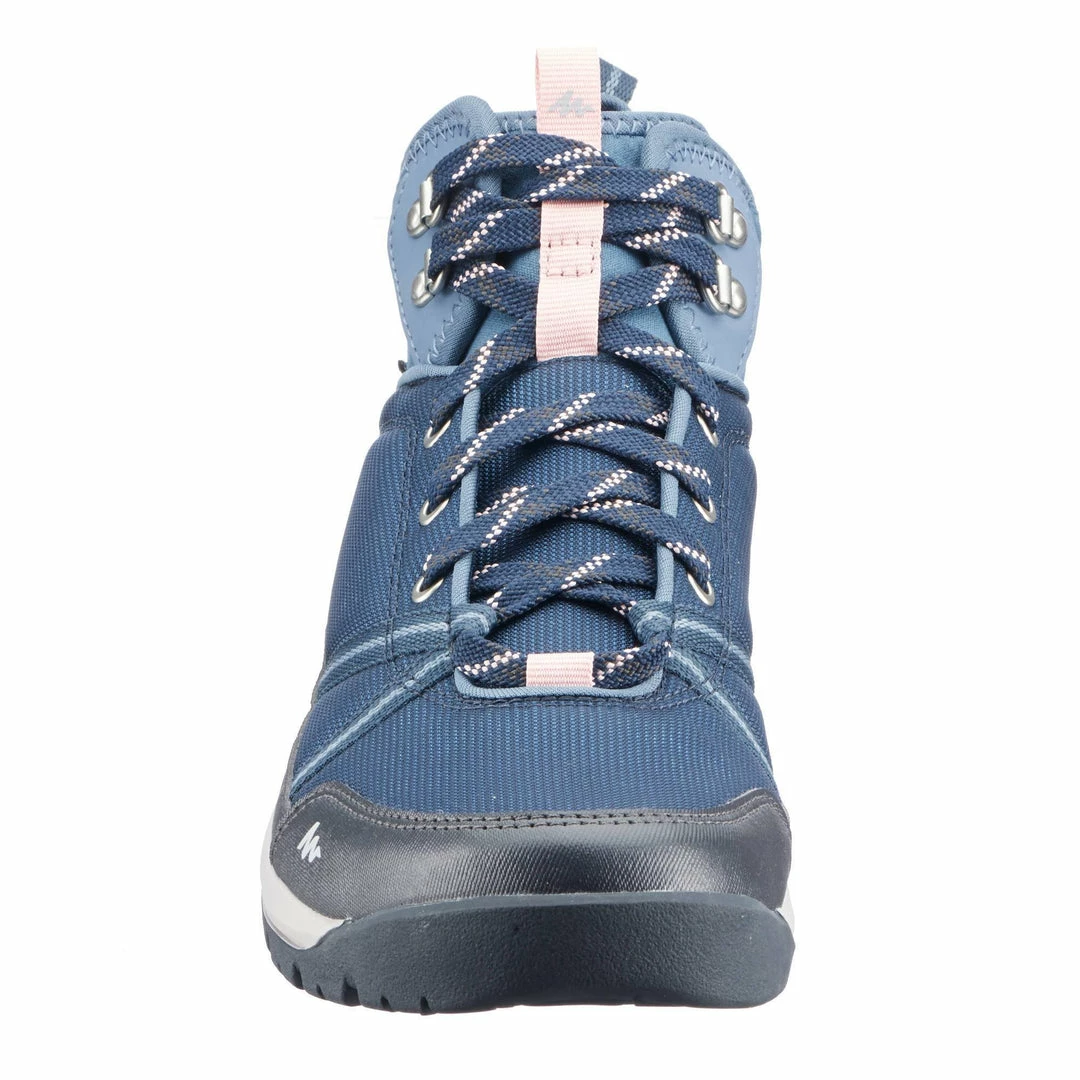
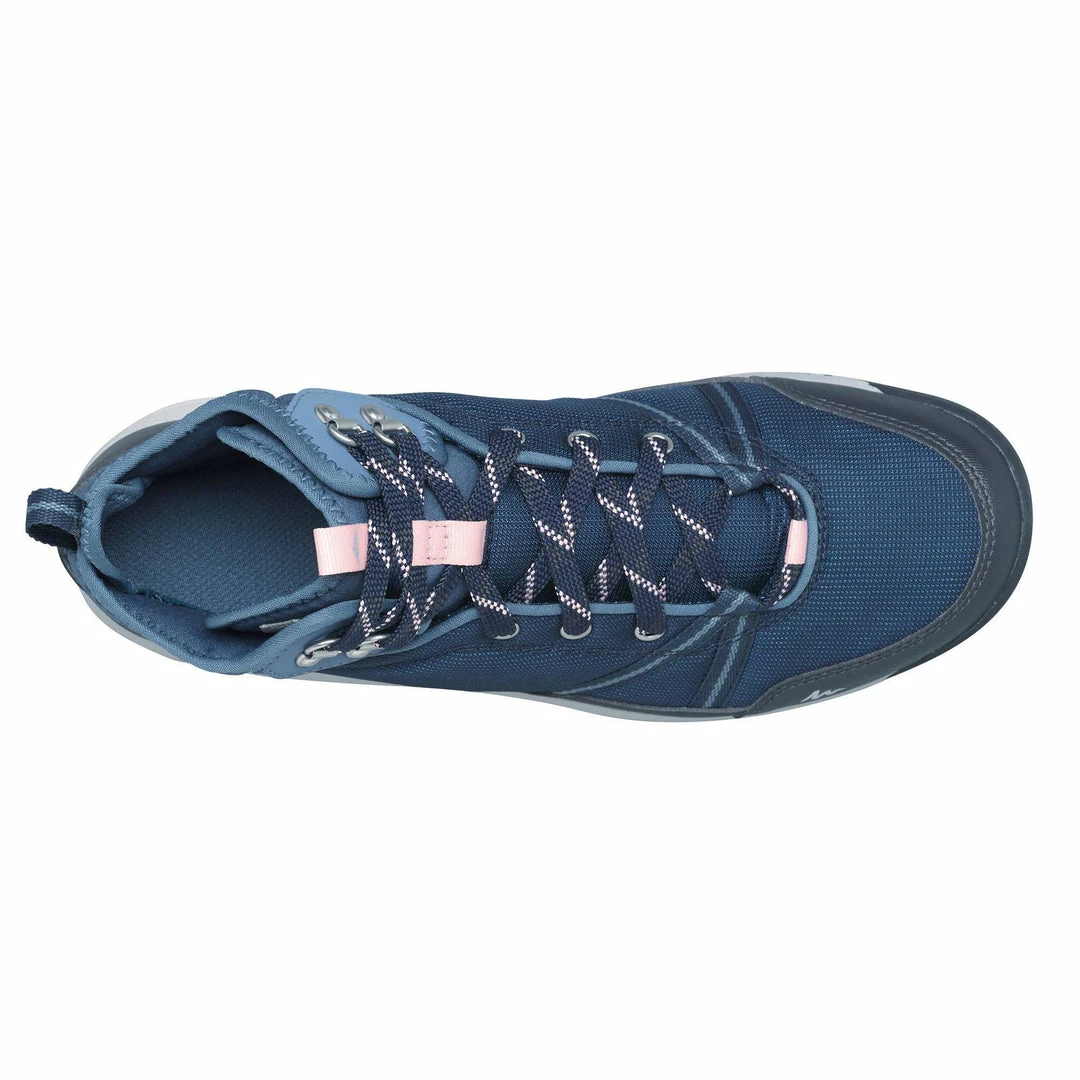
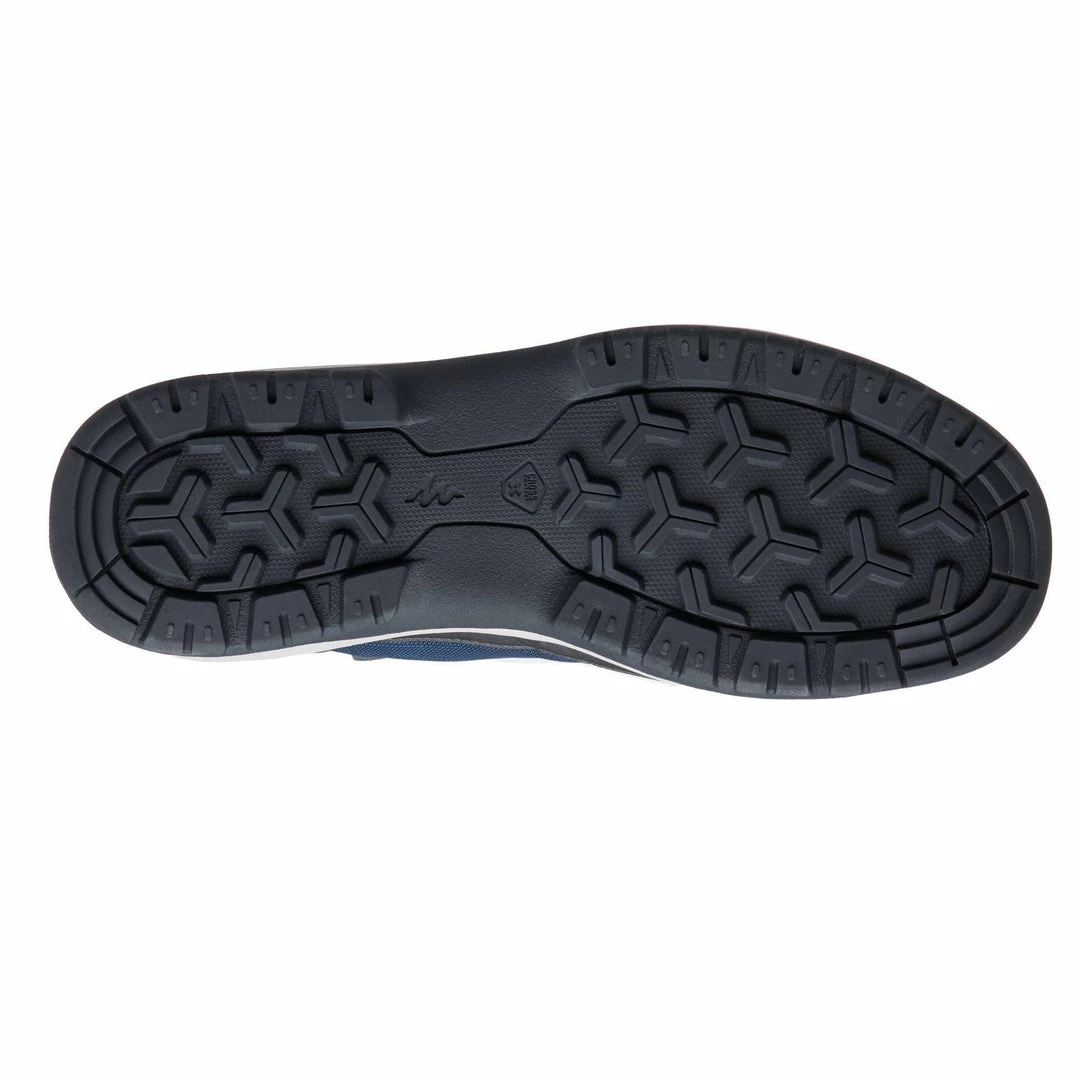

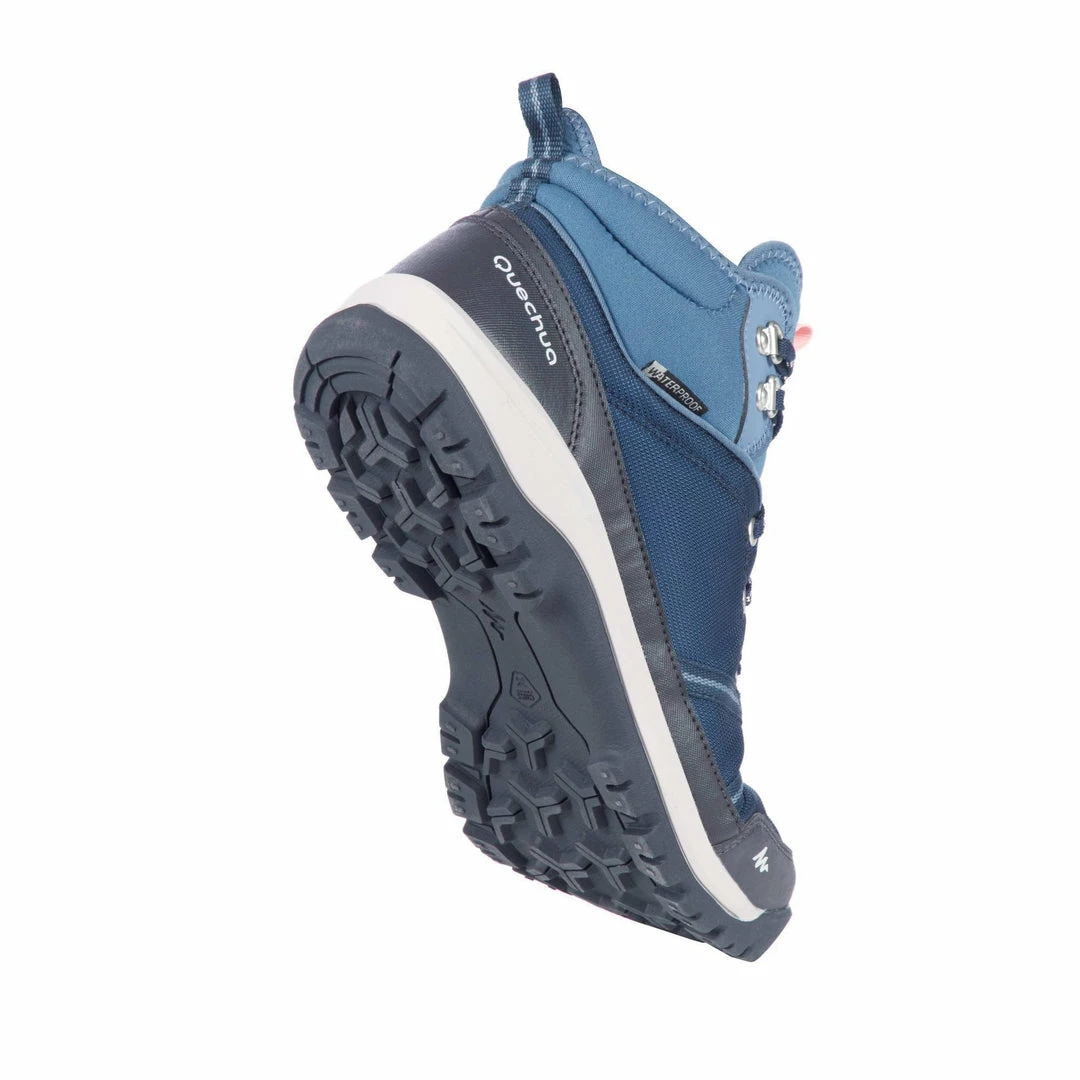
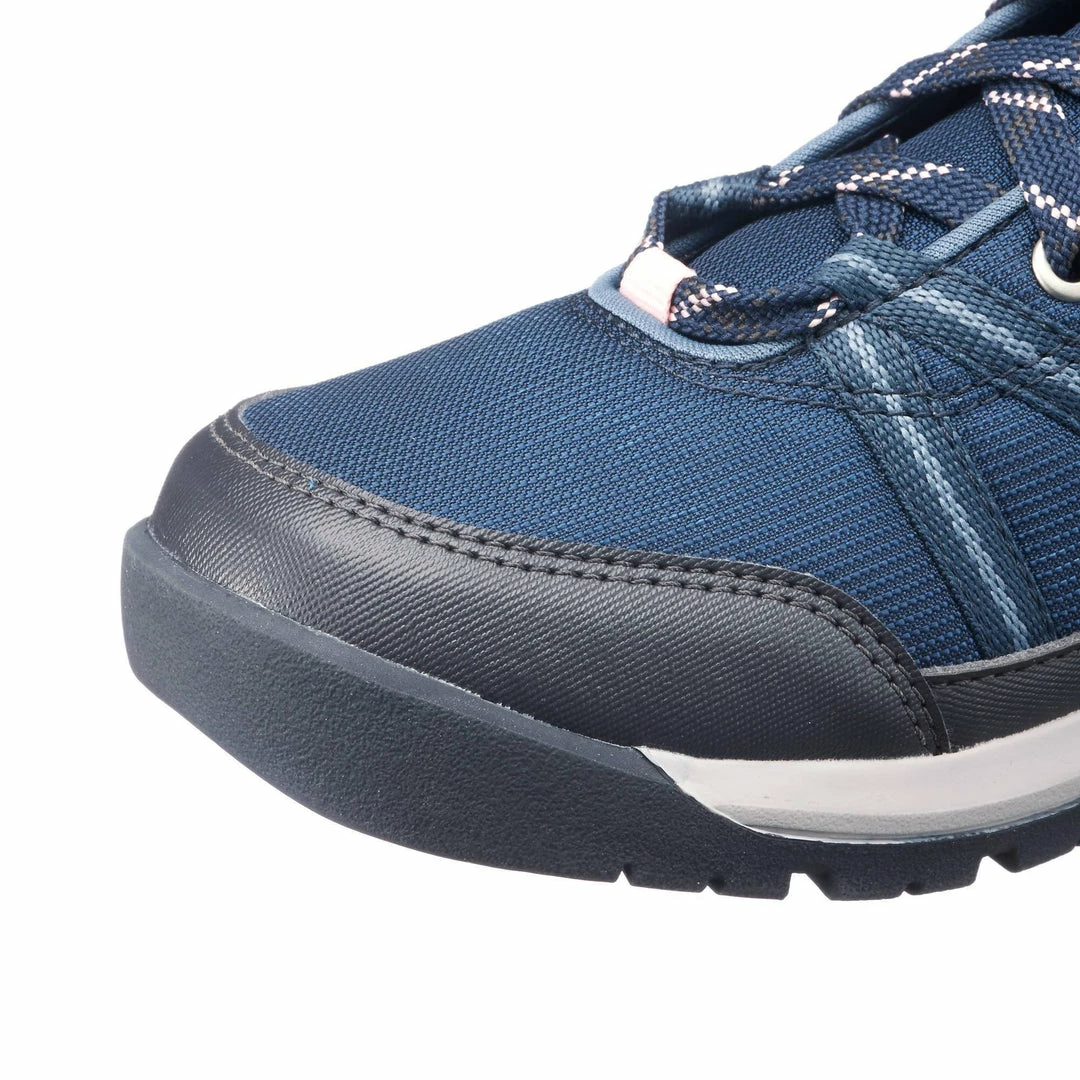
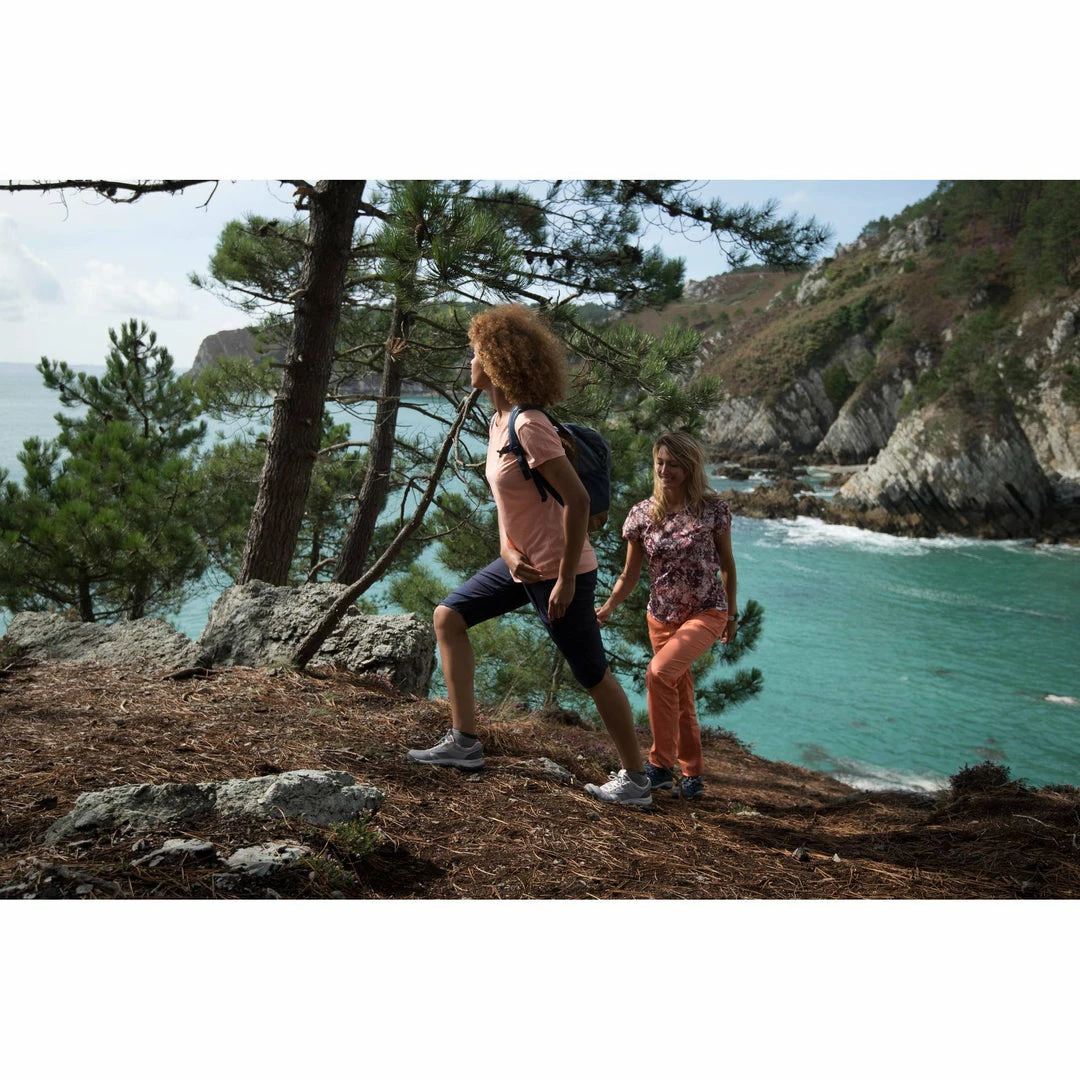
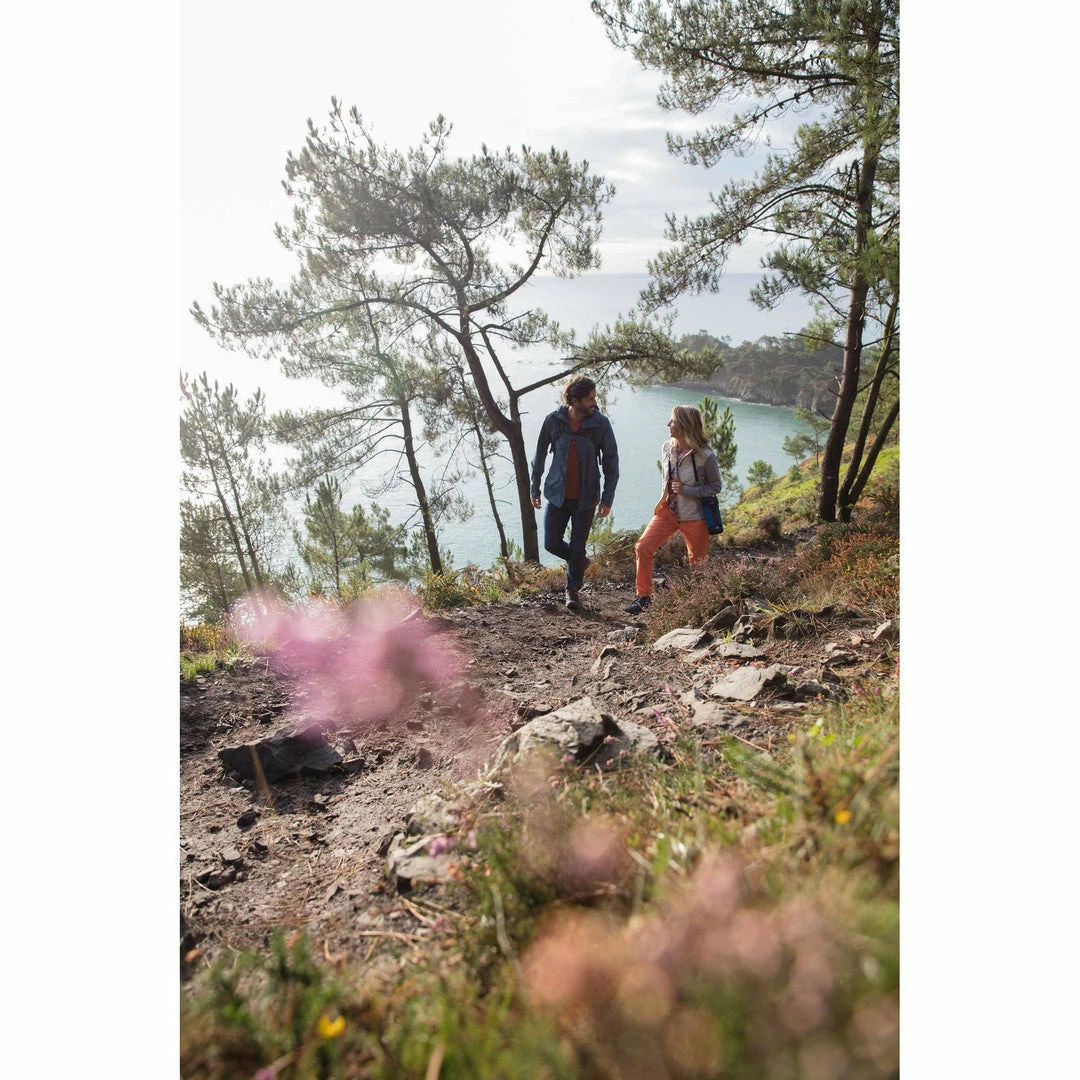

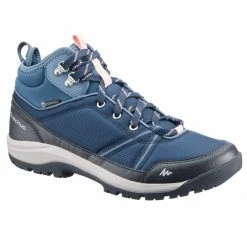
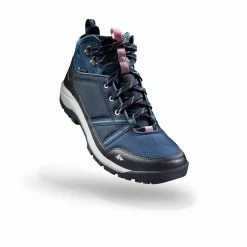
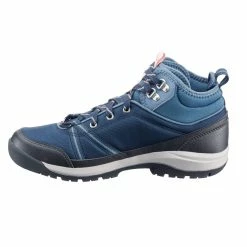
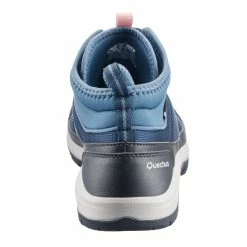



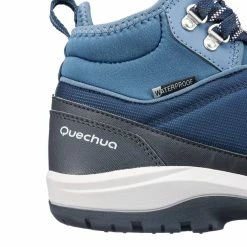
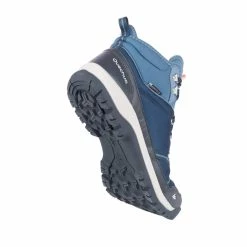

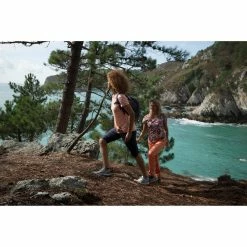

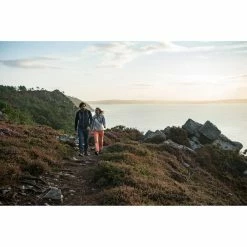















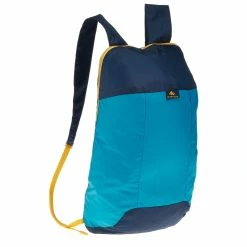
Reviews
There are no reviews yet.